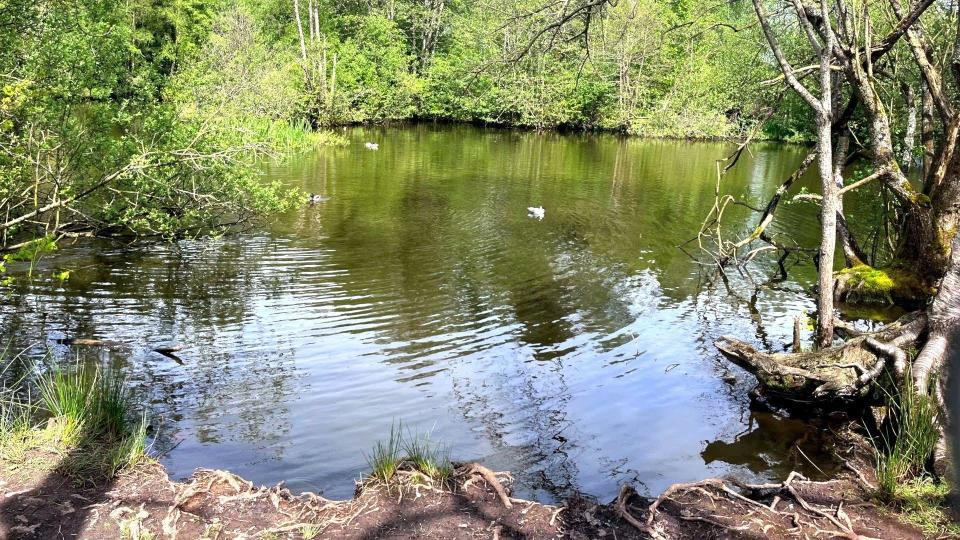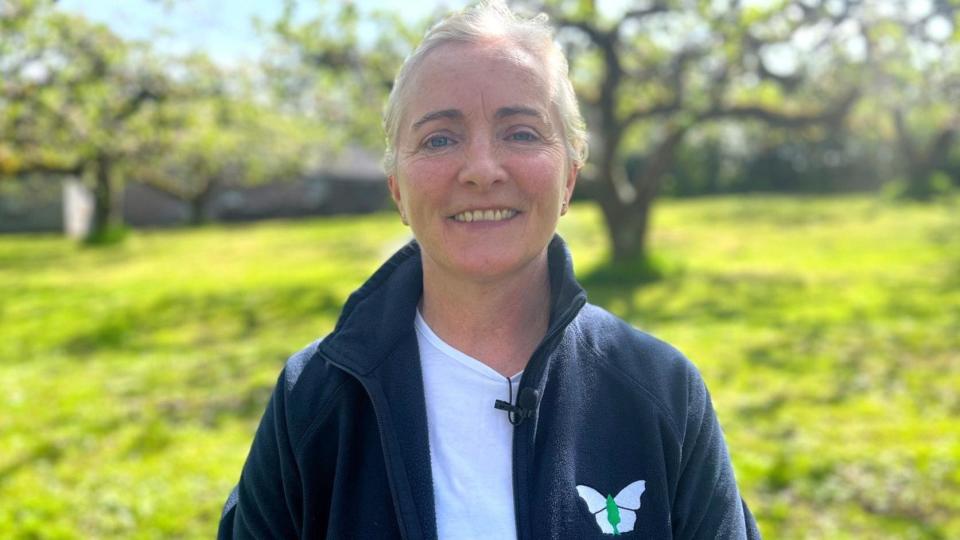The search for Northern Ireland’s mysterious moth
The public are being asked to help find one of Northern Ireland’s most elusive and endangered insects.
The colour-changing Forester Moth is extremely rare.
The jewel-like insect only has one known breeding site in Northern Ireland - at Peatlands Park just outside Dungannon, County Tyrone.
But experts believe there may be more and are asking the public to take photographs if they spot the insect.
Butterfly Conservation has helped produce a free digital booklet with pictures and notes to help identify the mysterious moth.
The blue-green insect flies during the daytime and is mostly spotted during May, June and July.
It lives in grassland and its caterpillars feed on plants, while adults drink nectar from a range of flowers.
Although it is still found in places across Britain, Ireland and Europe, like hundreds of other species it has suffered widespread decline because its habitat has been lost to development or converted to farmland.
Endangered species
Thirty years ago, the Forester had multiple known breeding sites across Northern Ireland, but since 2020 this has been reduced to just one location in mid-Ulster.
Peatlands Park in Dungannon has a rich bog habitat that is a wildlife goldmine for plants, insects, birds and mammals.

The exact location of the Forester Moth breeding site in the park is being kept secret to help protect the species.
For the past two years Butterfly Conservation has been maintaining the habitat at that site and carefully monitoring the population.
Rose Cremin is Butterfly Conservation’s manager for Northern Ireland.
"I absolutely love the Forester: it has beautiful, metallic green wings that shimmer like opal and change colour so it sometimes looks blue and sometimes yellow," she said.
“We want to protect it for its own sake, but actually if we can provide more of the habitat it needs, full of wildflowers like orchids and Ragged Robin, this will be great for other rare moths and butterflies.”
The charity believes the Forester might still have other unknown populations across Northern Ireland that could now be protected.

It is working with the National Biodiversity Data Centre (NBDC) as part of its All-Ireland Pollinator Plan to produce a rare species guide on the moth.
Dr Úna Fitzpatrick, is chief scientific officer at the NBDC.
“We are only beginning to realise how important moths are as nocturnal pollinators, and we are delighted to collaborate with Butterfly Conservation in highlighting the plight of this beautiful rare insect," she said.
Members of the public can download the Forester Rare Pollinator Guide to their phone.
Butterfly Conservation is encouraging anyone who thinks they may have seen a forester to try and take a photograph and contact them.
Ms Cremin added: “Its peak flight period is June and it likes wet damp meadows, we think counties in particular to search for the species are Tyrone, Armagh and Fermanagh.”
“Activities like this are a fantastic way to get people engaged with nature, and even if you don't find a Forester, you can have loads of fun looking and you might be surprised by what you do see.”

